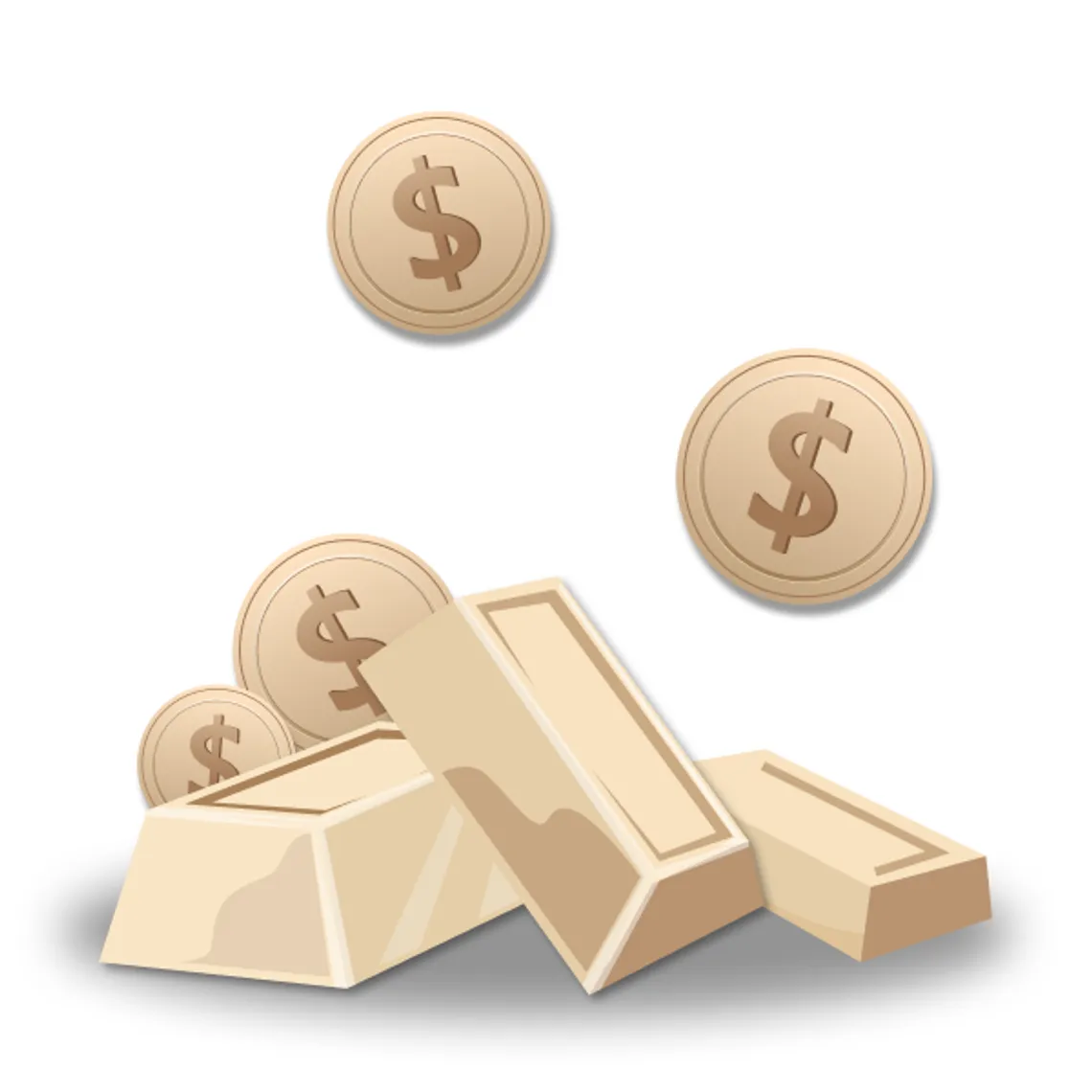What is trading capital?

The definition of trading capital is the amount of money that a business or person has available to them to buy and sell different securities on the financial markets, such as stocks, bonds or foreign exchange.
Having access to trading capital is necessary to engage in trading. Trading capital was probably one of the first things you considered if you had already begun investing. The term essentially refers to how much money one needs to make trades.
Companies that use their trading capital to buy and sell assets are assets management and investment banks.
Each securities market has a legal minimum of trading capital you are required to have before you are allowed to start trading. This is to ensure you have enough funds to handle any losses.
For day trading in the US, the legal minimum balance in a trading account is $25,000.
However, by investing through a broker, it is possible to operate using a significantly smaller trading account, often allowing trading capital of as little as $150. There are also brokers who do not require investors to pay a minimum deposit.
Key points
-
Trading capital is the amount of funds allocated to an individual or company to trade various securities in the global financial market.
-
Each market sets a minimum trading capital requirement before investors can trade to ensure they have sufficient funds to cover any losses.
-
Investing through brokers enables investors to trade with significantly smaller capital.
-
Many traders follow the 1% rule – a rule of thumb suggesting that you should never invest more than 1% of your trading capital into any position.
Trading capital explained
So what does trading capital mean for traders?
Traders need to have the ability to estimate potential profit or loss. This is a crucial trading technique that aids traders in carefully weighing all trading options and rationalising their trades. They can contrast different trading strategies and pick the one with the best chance of success.
There are a wide range of trading techniques that investors can use to increase their capital. These techniques aim to maximise capital usage by determining the ideal percentage of money to invest with each trade. Having a sufficient cash reserve to cover one's investing strategies is key to becoming a successful trader.
Leverage can be used to magnify someone's trading position, with the provision that it would leave a company or individual exposed to higher losses if a trade goes wrong.
Although there isn't a set amount of trading capital that a company or investor needs to start trading, many traders limit the value of any one trade to no more than 1% of their overall trading account. Known as the 1% rule, this strategy is aimed at lessening the potential effects of a loss.
As traders' positions in the market are based on the balance of their accounts, this limitation is crucial. Your position in the market changes if their account balance decreases.
In short, investors should not put more money into their trading accounts than they can afford to lose.
However, large brokerage firms such as Fidelity, Vanguard and Charles Schwab, which have the financial muscle to absorb losses, frequently allocate significant funds to their traders.
Trading capital examples
Many successful traders adopt the best practice of not putting more than 1% of trading capital into a single position. This rule of thumb has been proven to help traders to manage losses.
To illustrate how trading capital works, let’s say a trader has $10,000 in their account and they stick to the 1% rule. This means they shouldn’t invest over 1% (or $100) in any position in any instrument they are trading.
Traders should resist the urge to increase their capital in a rush. It is possible, but it is better off to gradually build the account while appropriately mitigating risk.
Gradually increasing one’s trading capital can help traders understand the amount of capital they would typically need for their investment strategies.
The bottom line
While it is tempting to use all the funds in your trading account, traders should remember not to risk money more than they are willing to lose. The gradual but stable build-up of a trading account could sustain profit and minimise losses in the longer term.
Remember that your decision to trade or invest should depend on your risk tolerance, expertise in the market, portfolio size and goals.
Always remember to do your own research before investing in an asset. And never trade money that you cannot afford to lose.
FAQs
Why must traders have trading capital to trade?
Trading capital is a cash reserve used by traders to buy and sell assets, such as forex, bonds or stocks. Without trading capital, they cannot trade these assets. Each market typically has a minimum amount of trading capital.
Is there a floor or a limit on how much investors can spend for trading capital?
There is no formal guideline on trading capital limits. However, many traders adhere to a widely accepted rule of thumb of 1%. This means that one should never put more than 1% of one’s total trading account into a single trade.
Can investors deposit more than 1% of total trading account for trading capital?
Yes they can, as long as they have a sizable amount of funds to absorb losses.
Remember that your decision to trade or invest should depend on your risk tolerance, expertise in the market, portfolio size and goals.
Always remember to do your own research before investing in an asset. And never trade money that you cannot afford to lose.